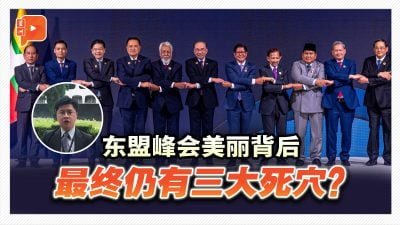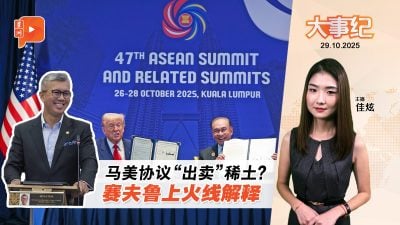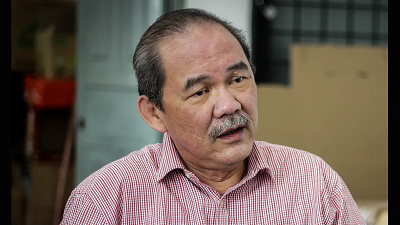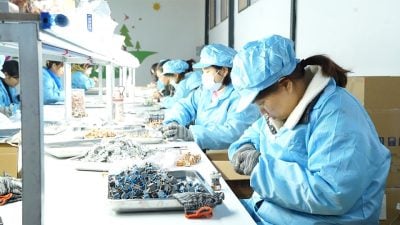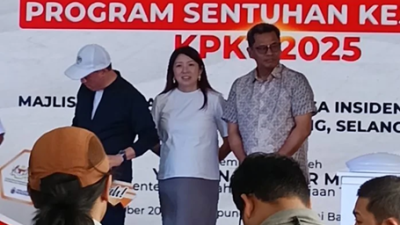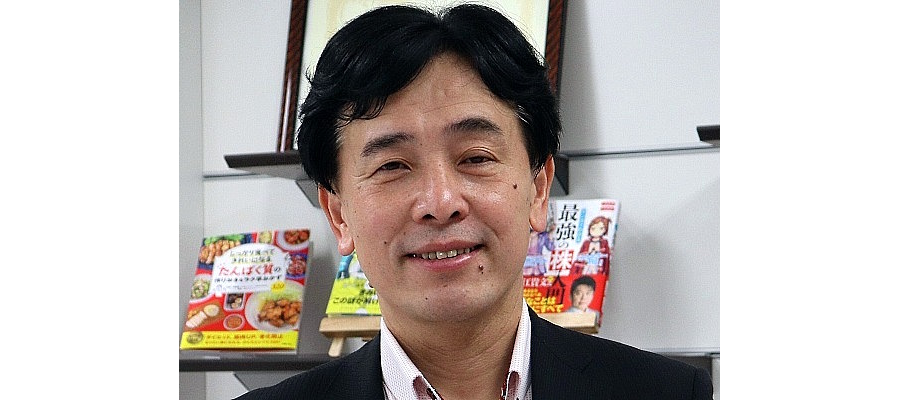
Free trade is the core of Asean economic integration
At the core of the Asean Economic Community (AEC), established by Asean in late 2015, is the Asean Free Trade Area (AFTA), the organization’s greatest accomplishment to date.
The legal basis for the AFTA is the Asean Trade in Goods Agreement (ATIGA), which came into force in May 2010.
ATIGA has contributed significantly to Asean’s success as a single market and production base by incorporating comprehensive trade measures that help ease the movement of goods in the region, such as tariff liberalization, rules of origin, non-tariff measures, trade facilitation, and customs procedures.
Under ATIGA, the share of total tariff lines that were fully liberalized for Asean as a whole stands at 98.6%, making it one of the leading and high-standard FTAs in Asia.
Asean has put in place numerous measures under ATIGA to support intra-regional trade. These include the Asean Single Window (ASW), a platform that enables the seamless electronic exchange among member states of trade documents such as certificates of origin and customs declarations, and the Asean Trade Repository that serves as a single information source on customs, regulations, and administrative procedures.
These initiatives have contributed significantly to the expansion and facilitation of intra-regional trade. As a result, many multinational companies responded to Asean’s free trade orientation and trade facilitation by direct investment, which became the engine of economic growth.
Lots of challenges in terms of utilization and discipline
Over the course of more than a decade since ATIGA came into force, many challenges have been identified.
Citing the example of Thailand, which reports export value using FTA preferences, export value under ATIGA in 2021 was the highest of the 14 FTAs (8 Asean framework and 6 bilateral) that Thailand has concluded (Asean: $26.3 billion, China: $25.3 billion, Australia: $8.5 billion.)
On the other hand, when the export value using FTA preferences is used to calculate the FTA utilization rate, its ratio is inferior to that of other FTAs.
While Thailand’s utilization rate of ATIGA for exports to Asean member countries reached a record high of 40.4% in 2021, it still lags far behind Australia (77.7%) and China (68.1%) in the same year.
When tariff lines that were never subject to import duty and do not call for the use of FTAs are excluded, the actual FTA utilization rate of ATIGA is 67.7%. This too remains far short of the utilization rate of China (95.7%) and Australia (89.4%) in the same year.
Member nations recognize the importance of free trade in the region and have publicly stated that they will impose a 0% tariff. Yet, they have also restricted free trade by instituting Non-Tariff Barriers (NTBs) and Non-Tariff Measures (NTMs) in certain key industries.
While Asean is aware of the impact that NTBs and NTMs have on intra-regional trade, the association has yet to take drastic action to address the issue.
In recent years, the COVID-19 pandemic and the Russian invasion of Ukraine have wreaked havoc on logistics by disrupting supply chains at various points.
Furthermore, some member countries have prioritized national self-interest over regional interests during this period, introducing successive export restrictions on medical supplies and necessities such as masks, as well as on items such as grain and oil.
This damages Asean’s reputation as an “exemplary model of trade liberalization” cultivated over many years.
Calling for review of ATIGA to achieve genuine trade liberalization
For Asean to increase the use of ATIGA and reclaim its credibility as an “exemplary model of trade liberalization,” it is imperative that the ATIGA system be upgraded. Negotiations to revise the Agreement were initiated at the 28th Asean Economic Ministers’ Retreat (AEM Retreat) in March 2022.
The Asean Secretariat asserted that ATIGA 2.0 will “elevate Asean’s position in the global supply chains, lower trade costs, reduce regulatory barriers, unlock logistics bottlenecks, and place Asean on a more sustainable and inclusive economic growth path.”
To accomplish this goal, it is working to “further simplify the rules of origin for goods, expand the adoption of trade technologies and paperless documents, and harmonize technical regulations and standards.”
This will “facilitate trade among micro, small, and medium enterprises, address sustainability and circularity concerns, and promote digital trade.”
The AEC 2025 Consolidated Strategic Action Plan (CSAP) specifies the need to explore the possibility of applying automatic Most Favored Nation (MFN) treatment for import duties, review the current procedure of trade remedies in the Asean Member States, and strengthen notification requirements.
Other aspects of the CSAP include revising the rules of origin (ROO) to make them more business-friendly, exploring the possibility of full accumulation, allowing businesses to choose the Regional Value Content (RVC) formula of built-up or built-down matter for the RVC method, and simplifying the Form D and Operational Certification Procedure (OCP).
These technical revisions to ATIGA 2.0 are certainly required. However, as the fear of decoupling of supply chains between the United States and China intensifies and the global appeal of protection and controlled trade grows, Asean also needs to send out a strong message in the region in vehement defense of free trade by incorporating into the Agreement the reduction of NTBs and NTMs, regional harmonization, and the export regulations that until now have not been given sufficient attention.
(Seiya Sukegawa, Visiting Professor, Thai-Nichi Institute of Technology, and Professor of Kokushikan University, Japan.)
ADVERTISEMENT
ADVERTISEMENT








